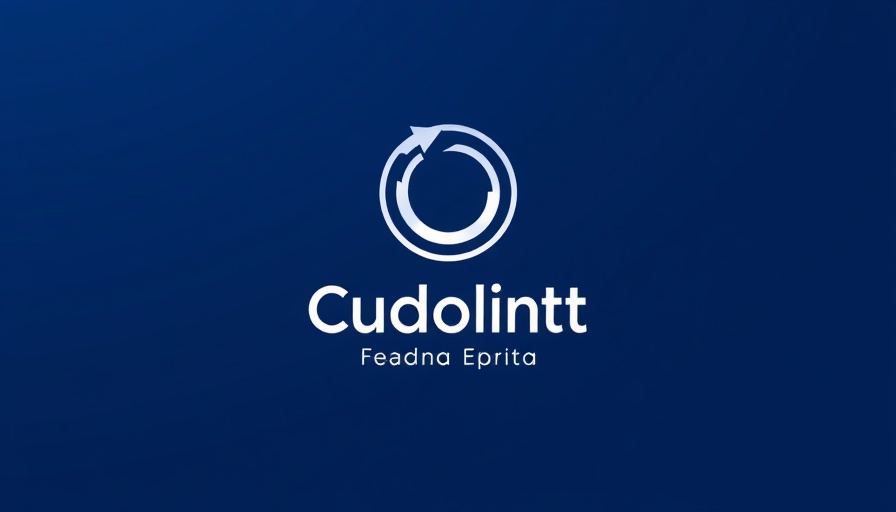
Understanding Pinterest's New AI Tags
Pinterest has recently rolled out a significant update—AI-generated content labels—aimed at increasing transparency around the use of artificial intelligence on its platform. This move comes after months of testing, where users expressed concerns over the authenticity of Pins they encounter. With these new labels, Pinterest provides clarity about which content has been modified or generated through AI technology.
What Are These Labels?
When users engage with image Pins by clicking on them for a closer view, they will now notice a label that reads “AI modified” at the bottom left corner of the image. This labeling is part of Pinterest's ongoing efforts to maintain integrity and trust on its platform. Instead of relying solely on users to self-report their use of AI, Pinterest has developed sophisticated classifiers to automatically detect and label AI-generated content. This means even content lacking obvious markers will be flagged appropriately.
Why This Matters
The introduction of AI content labels is significant not just for Pinterest, but for all digital creators interactively engaging with technology. For students and young creators, this might raise concerns about how their work could be perceived, especially amid fears that AI detectors might mislabel original human-made content as generated by AI. Pinterest’s commitment to transparency, therefore, is encouraging as it acknowledges the imperfections in AI detection while offering an appeals process for any inaccuracies in labeling.
The Technical Side: How AI Detection Works
Pinterest utilizes the IPTC Photo Metadata Standard, which provides information about how images are created and modified. By analyzing this metadata, the platform can determine if content has AI involvement and label it accordingly. This sophisticated detection process highlights how far technology has come in terms of recognizing and categorizing digital content. However, as Pinterest notes, there is still room for refinement as they expand their detection capabilities.
The Importance of User Empowerment
Both creators and users of the platform should feel empowered by these changes. An appeals system allows individuals to challenge a label if they believe their content hasn’t been fairly categorized. This is crucial in promoting a supportive environment where creativity thrives, rather than one overshadowed by fear of AI detection. Students, particularly, can benefit from knowing that their work can still be validated, despite the increasing technology-driven landscape.
Final Thoughts: What This Means for the Future
The launch of AI-generated content tags on Pinterest represents a broader trend toward transparency and accountability in digital spaces. As the landscape evolves, it’s essential for students, professionals, and creatives alike to adapt while remaining informed. This initiative can serve as a learning point for those concerned about the implications of AI in their work. To navigate this challenge confidently, students should take proactive steps in understanding the technologies that impact their creative domains.
Bypass ANY AI Detector with ease with Prompt2Human.
 Add Row
Add Row  Add
Add 




 Add Row
Add Row  Add
Add 

Write A Comment